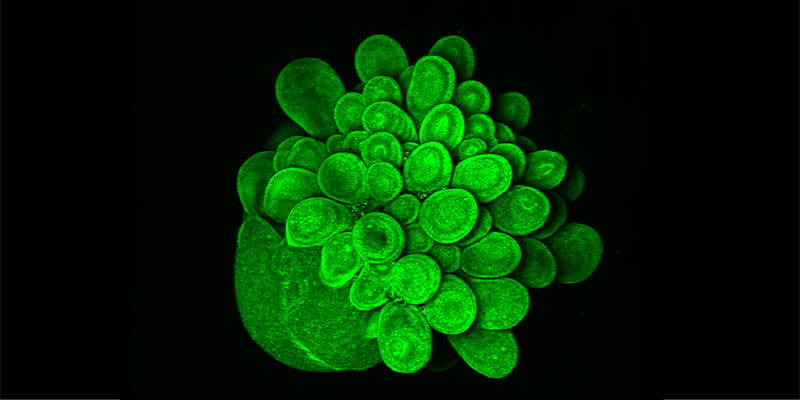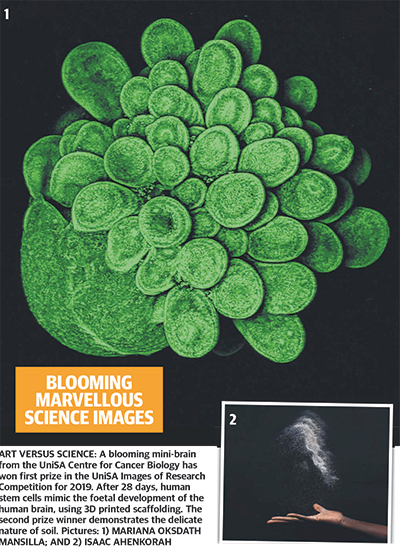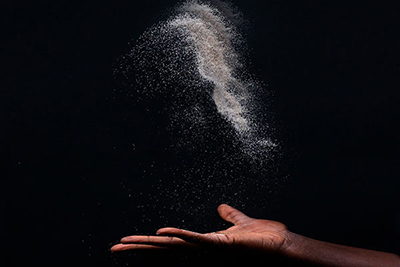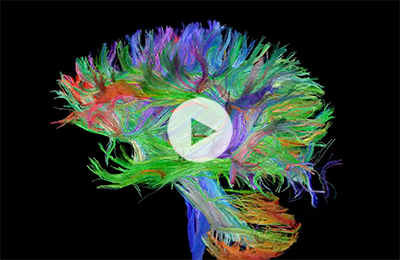Sixteen images that will change how you view research
By Cyndal King
 INSIDE UNISA A blooming mini-brain by Dr Mariana Oksdath Mansilla.
INSIDE UNISA A blooming mini-brain by Dr Mariana Oksdath Mansilla.There is always more to a photograph than what is first observed. Images often tell a story and lead viewers on a journey of discovery and awe.
UniSA students and staff are telling their stories through the 2019 Images of Research competition; showcasing not only their eye-catching images but highlighting their research to the wider University community.
The 16 finalists and three winners were announced this month.
 The Advertiser 2 August 2019
The Advertiser 2 August 2019First prize went to Dr Mariana Oksdath Mansilla from the Tissue Architecture and Organ Function Laboratory at the Centre for Cancer Biology (an alliance between SA Pathology and UniSA) for her image, A blooming mini-brain.
The image is a 28-day-old, miniaturised and simplified version of a human brain (known as an organoid), that was grown in a new 3D-printed scaffold for high-throughput growth. The image represents the beauty of cerebral organoids, how individuals and undifferentiated stem cells can join and self-organise to create a complex organ such as a brain.
“This new platform was designed with the aim of not only allowing the growth of organoids in a high-throughput manner but also permitting high-resolution imaging of these complex cultures,” Dr Oksdath says. “The image submitted to the competition is a clear example of how our platform works for the purpose we have designed it.”
The research supports the development of personalised treatment for brain cancer patients.
Dr Oksdath says the joy of winning comes second to knowing her research is being showcased to a wider community.
“Winning has allowed me to share my work with others. What I find most interesting is this image arose curiosity in many people who are not related to science, and I find this is an excellent way to engage our community in the research we do,” she says.
 Stabilising Loose Sand for a Sustainable Future by Isaac Ahenkorah.
Stabilising Loose Sand for a Sustainable Future by Isaac Ahenkorah.The second prize went to Isaac Ahenkorah, from the School of Natural and Built Environments, for his image, Stabilising Loose Sand for a Sustainable Future.
His image demonstrates the nature of soil, particularly sand in its loose state. The aim is to demonstrate the ethos of geotechnical engineering in stabilising loose sand for a sustainable future.
“My research involves using biotechnology as a means of cementing loose soils to enhance strength and stability for civil and geotechnical engineering purposes,” Ahenkorah says.
“With this technique, we can have a safe and affordable way of soil cementation for a sustainable future”.
The bonus prize winner, in the videography category, was Dr Brenton Hordacre, an NHMRC Research Fellow from the School of Health Sciences, for his video, Building Brain Pathways.
Dr Hordacre’s video shows part of his current study looking at a treatment to enhance recovery of arm function after a stroke. He uses magnetic resonance imaging (MRI) scans to identify how the brain has been affected by a stroke. The images illustrate the brain’s individual pathways.
Videography is a new addition to this year’s competition. Dr Hordacre says he loves the extra freedom it allows to showcase research.
“There is only so much you can portray in a single image, whereas a video can portray a lot of information and capture people's interest,” he says.
“We want people to be aware of the research that we do; to not only show the skills and capabilities of the School, but to amaze others.”
Deputy Vice Chancellor: Research and Innovation Professor Simon Beecham congratulated everyone involved.
“We wish our finalists the best of luck in the People’s Choice Vote – the winner of which will be announced at UniSA’s Research Day on Tuesday 5 November,” Prof Beecham says.
You can see all 16 images on the winners and finalists page and vote for your favourite through the People’s Choice Award. Voting closes Monday 30 September.
Other Stories
- A midnight snack might be the key to working overnight
- Memory warning to those wanting to spice up their lives
- Study indicates causal link between obesity and multiple diseases
- Dragonflies are helping make driverless cars safer
- From the Vice Chancellor
- Achievements and Announcements
- Sixteen images that will change how you view research
- Technology preventing hospital falls explained through animation
- Refurbished spaces for Aboriginal students open at City East and Magill
- Healthy lifestyle may counteract genetic risk of dementia
- Video: See highlights from the first six months of 2019
- UniSA visual artist represented on world stage at Cairo Biennale
- Students and staff to provide a ‘hand up’ to help the homeless
- The latest books from UniSA researchers
- UniNationals and Crows lunch





